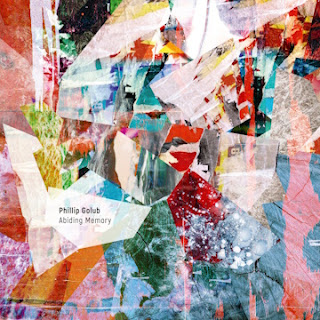Forces Of Nature: Live At Slugs’ documents a 1966 club date by the
McCoy Tyner/Joe Henderson quartet, with Henry Grimes on bass and Jack DeJohnette on drums. The group played for only one week at Slugs’, on New York’s Lower East Side. DeJohnette, who turned 82 in August 2024, has stopped traveling, giving him time to go through his archives, where he found the tape of this gig. Pianist Tyner and tenor saxophone master Henderson recorded together for Blue Note on a number of occasions in the early Sixties, and they were well-acquainted with one another’s musical predilections. Bassist Grimes played with seemingly everyone on the scene before he suddenly vanished in 1970, only to be rediscovered in 2002. And DeJohnette was equally at home in the Bill Evans trio and the Miles Davis Quintet, among many other credits. This set was taped by Orville O’Brien, who is also credited on such high-profile releases of the period as Alice Coltrane’s
Journey In Satchidananda, Freddie Hubbard’s
Night Of The Cookers, and Roy Brooks’
The Free Slave. The mix could use more piano sound, but given the quality of his other work, O’Brien was probably working under less than ideal conditions. No matter: the group is swinging hard from the first downbeat, roaring through a 26-minute version of Henderson’s
In ‘N’ Out, the title track to a 1964 Blue Note album by a Henderson quintet that included Tyner. The ballad of the night,
We’ll Be Together Again, slows things down, with Henderson expounding at length, Tyner playing a lovely solo, and Grimes and DeJohnette holding it all together.
Taking Off is a lengthy minor blues improvisation, nearly a half hour long. It starts out pretty fast and stays that way. Henderson blows up a storm for half the length, as the rest of the band rolls and tumbles behind him. Tyner follows with his characteristic powerful attack. A potent drum solo and Grimes’ unflappable bass presence make this a memorable and exciting excursion in pure improvisation. Tyner’s
The Believer follows, an early composition that was first recorded by John Coltrane for Prestige in 1958. Tyner never recorded it himself, which makes this passionate performance a true revelation. The set ends with a relatively brief foray into Henderson’s
Isotope, first heard on his 1964 Blue Note album
Inner Urge. That was a quartet session with Tyner at the piano, and this rendition is distinguished by the lively interplay between saxophone and piano. With liner notes by Nate Chinen, plus reminiscences and commentary by DeJohnette, Jason Moran, Joe Lovano, Joshua Redman, Christian McBride, Nasheet Waits, Terri Lyne Carrington and others, the booklet is the icing on the cake, but the overwhelming power of the music will make it tough to read and listen at the same time. Waits’ metaphor for the strength of this music is that it’s like running “a sprint for a couple of miles.” So when you sit down to listen to
Forces Of Nature, be prepared to be both elated and exhausted. The mid-Sixties was a particularly dire time in jazz history, with rock and soul music in ascendance, but this quartet is working hard, thrilling the jazz die-hards in the small club, and now, decades later, thrilling the audience at home. Passionately recommended.
Blue Note (2 CDs, 2 Lps, or digital); Joe Henderson (ts) McCoy Tyner (p) Henry Grimes (b) Jack DeJohnette (d); NYC, 1966: Disc 1 (41:00): In ‘N’ Out/ We’ll Be Together Again. Disc 2 (45:28): Taking Off/ The Believer/ Isotope. www.bluenote.com






























